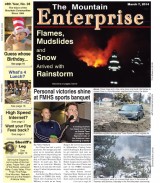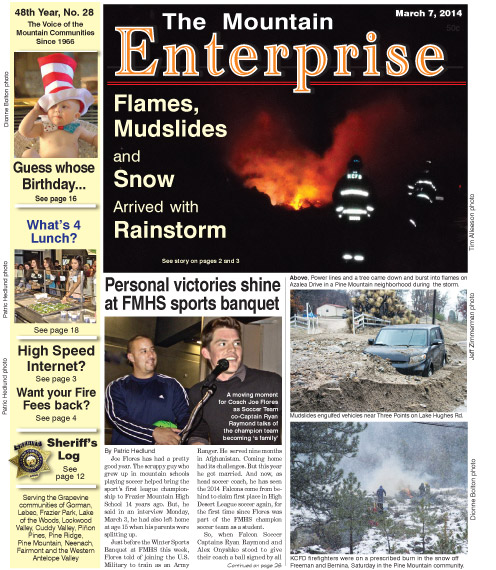Challenge, opportunity posed to local schools
By Patric Hedlund
Educating students for the digital future is a major goal of the transition taking place in state education standards throughout the nation. Access to high-speed broadband is key to implementing the common core plan.
But El Tejon Unified School District personnel have acknowledged that—like most California schools—ETUSD’s access to high speed broadband service for its students still has not been achieved. Nor is access to computers adequate.
The chairman of the Federal Communications Commission said in February that funding of a federal program to make high-speed internet available to schools and libraries will double by $2 billion in each of the next two years. FCC Chairman Tom Wheeler also said a “restructuring” of the way the funds are deployed is underway.
The Obama administration in 2013 said the goal is to connect 99 percent of all students to high-speed broadband of at least 100 megabits per second (Mb/s) within the next five years. That exceeds five times the speed of most home broadband services and far exceeds what is available currently to local schools.
Wheeler said the FCC plans this spring to complete changes to the rules regarding the current $2.4 billion a year program. The increases will come primarily from funds that have been allocated but have not yet been spent, Wheeler explained.
Funds for broadband to schools and libraries come from the 15% ‘E-rate’ fee paid on a small portion of most home and wireless phone bills, amounting to a few dollars per month for most consumers. That fee is part of the Universal Service Fund, a long-standing program to pay to connect rural areas, low-income people, schools and libraries to modern telecommunications services.
This is part of the March 7, 2014 online edition of The Mountain Enterprise.
Have an opinion on this matter? We'd like to hear from you.


